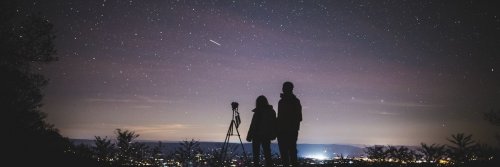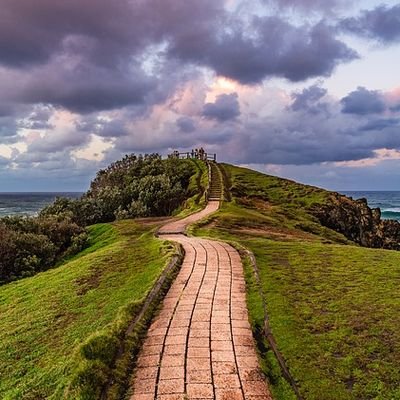One constant in this world of COVID chaos is the appearance of stars at night. Stars have impacted people's thoughts and beliefs since the dawn of humanity. From ancient times when people thought gods and mythical creatures lived in the heavens and sailors navigated by the constellations, to the fact that we still wistfully wish upon a star. Those sparkling dots in the darkness have given humans hope, direction, and inspiration; and for travelers, a sense of home. With about 70,000 million million million stars twinkling at night, it's little wonder we want to reach out to the heavens.
The best places to appreciate this blanket of pinpricks of light coddling the earth are often an adventurer's dream destination.
Below are some of the most incredible places to indulge in star gazing:
In the desert
Excluding the South and North Poles, Chile's unique Atacama Desert is the driest place on the planet. It's barren and inhospitable with a moonscape appearance. But, it does have extraordinary luculent night skies and luxurious accommodation options. The elegant pre-Inca-inspired Awasi Atacama and the russet-hued Alto Atacama Desert Lodge & Spa fringed by mountains provide luxurious beds. The desert's high altitude makes it a star gazer's ultimate treat when darkness falls. You will clearly see the twinkling constellations of the Southern Hemisphere: the Southern Cross, the Milky Way, the Tarantula Nebula, and the flattened triangle of the Fornax Cluster of Galaxies with its startling bright Alpha star.
In a national park
Head to the biggest game reserve of South Africa, Kruger National Park, and gape in awe at more than wild beasts—the star-lit skies are out of this world literally. Due to its remote location, there's no loom from city lights to hinder the view of a diamond-studded ink-black night sky. Imagine sitting on the back of a jeep with a gin and tonic in hand and maybe the roaring rumble of a nearby lion keeping you company as you look above. The terrain is ideal for viewing Scorpio, the rings of Saturn, and the Southern Cross in all its glory. There are plenty of upmarket palatial safari camps to choose from.
In the Atlantic Ocean
You don't have to be on a boat to spy on the stars hovering in the night skies over the Atlantic Ocean. With their stunning white and black sand beaches, the remote Canary Islands are where you will find 3 UNESCO-recognized 'Starlight Reserves'. Stargazing is de rigueur on La Palma at the Garajonay Summit and San Bartolo Mountain. At the same time, on Tenerife, astroholics gather at Guajara Mountain and El Palmar. The fantastic view of the stars is attributed to the Canary Islands' proximity to the Equator, high altitude, and lack of tropical storms. Perched off the coastline of Morocco, Tenerife is home to the Teide Observatory that can be visited. Or you can jump onto a cable car and ride to the top of Mount Teide to almost touch the stars with your fingertips.

Sit on a mountain top
For a real eye fest of twinkling stars, the ultimate place to be is sitting on top of the world at Mauna Kea's summit on the Big Island of Hawaii. A white-capped dormant volcano, it's the world's second-highest island peak and earth's tallest sea mountain. Almost 85% of all the glimmering stars in the world's celestial skies can be seen here. The Milky Way to Orion, Major and Ursa; the stars will wink at you from this famous spot where the locals haunt for their ancient spiritual connections. The summit of Mauna Kea in Hawaiian mythology was the domain of only the highest chiefs and priests as it was considered home to the gods, in particular the snow goddess, Poli'ahu. You can drive from sea level to 14,000ft in roughly 2 hours to experience this astronomical wonder. At Mauna Kea's peak, there is the biggest research observatory in the world, with 13 super powerful telescopes operated by 11 different countries.
Go somewhere totally remote
...such as the wild landscapes of Denali National Park in Alaska. At times a frozen wilderness wonderland of 6 million acres where moose, wolves, caribou, and grizzly bears prowl. Civilization is far away from this unspoiled part of the world. Star gazing is at its optimum during the long dark nights of winter. If lucky, you may see the swirling colors of the Northern Lights dancing in the heavens.
If travel is not on the agenda, wherever you are, walk out of your front door and lift your gaze to the night sky...and make a wish.
Gail Palethorpe, a self proclaimed Australian gypsy, is a freelance writer, photographer and eternal traveller. Check out her website Gail Palethorpe Photography and her Shutterstock profile.















